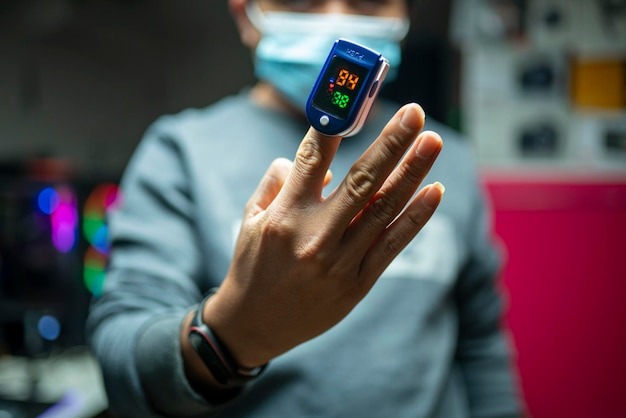Introduction
Diabetes management innovations have been transformative. Providing hope and a better quality of life to millions of people throughout the world. From advances in insulin therapy to the advent of continuous glucose monitoring (CGM) systems. These technologies are changing the way people with diabetes monitor and control their blood sugar levels. This article goes into the most recent advances in diabetes management. Examining the benefits of insulin therapy.continuous glucose monitoring while also providing light on how these developments affect patients’ lives.

Insulin Therapy For Diabetes Management:
Insulin therapy remains a cornerstone in the management of diabetes. Particularly for individuals with type 1 diabetes who require insulin to survive and many with type 2 diabetes who may need insulin to supplement their treatment regimen. Recent innovations in insulin delivery systems have significantly enhanced the convenience and effectiveness of insulin therapy.
- Insulin Pens: Traditional vials and syringes have given way to insulin pens, which offer greater ease of use and portability. These devices allow for precise insulin dosing, making it simpler for patients to administer insulin injections discreetly.
- Insulin Pumps: Insulin pump technology has evolved rapidly. Offering individuals with diabetes a more convenient and customizable method of insulin delivery. Modern insulin pumps feature advanced features such as continuous subcutaneous insulin infusion. programmable basal rates, and bolus calculators. Providing users with greater control over their blood sugar levels.
Continuous Glucose Monitoring (CGM) For Diabetes Managment:
Continuous glucose monitoring (CGM) systems represent a significant advancement in diabetes care. providing real-time insights into blood sugar levels and trends. These devices offer a continuous stream of data. Empowering patients and healthcare providers to make informed decisions regarding insulin dosing, diet, and physical activity.
- Wireless Connectivity: Many modern CGM systems feature wireless connectivity. Allowing users to seamlessly sync their glucose data with smartphones, tablets, or dedicated receivers. This enables real-time monitoring and remote access to glucose readings, enhancing convenience and accessibility for patients and caregivers alike.
- Alerts and Alarms: CGM systems are equipped with customizable alerts and alarms that notify users of impending hyperglycemic events. These alerts help individuals proactively manage their blood sugar levels, reducing the risk of severe hypoglycemia or hyperglycemia-related complications.
- Trend Analysis: CGM devices provide valuable insights into blood sugar trends over time. Highlighting patterns and fluctuations that may otherwise go unnoticed. By analyzing this data, patients and healthcare providers can identify factors contributing to glycemic variability and adjust treatment plans accordingly.
The Impact on Patient Outcomes and Quality of Life
The integration of insulin therapy and continuous glucose monitoring has had a profound impact on patient outcomes and quality of life. By combining these innovative technologies, individuals with diabetes can achieve tighter glycemic control. Reducing the risk of acute and long-term complications associated with the disease.
- Improved Glycemic Control: Studies have shown that the use of insulin pumps and CGM systems is associated with improved glycemic control and reduced hemoglobin A1c levels compared to traditional insulin therapy methods. This translates to fewer episodes of hyperglycemia and hypoglycemia, minimizing the risk of diabetes-related complications.
- Enhanced Convenience and Flexibility: Insulin pumps and CGM systems offer greater convenience and flexibility in diabetes management, allowing users to lead more active and independent lifestyles. With continuous access to glucose data and customizable insulin delivery options, individuals can better navigate the challenges of daily living while effectively managing their diabetes.
- Peace of Mind: For many individuals with diabetes and their caregivers, the integration of insulin therapy and continuous glucose monitoring provides peace of mind. Knowing that they have access to real-time glucose data and proactive alerts helps alleviate anxiety and fear associated with unpredictable blood sugar fluctuations.
Conclusion:
Diabetes care innovations, including insulin therapy and continuous glucose monitoring, have transformed how diabetics monitor and control their blood sugar levels. These technologies improve glycemic management, ease, and peace of mind for both patients and carers. As research and development in this sector continue to progress, the future holds even more potential for persons living with diabetes, opening the path for a happier and more satisfying life despite the challenges faced by the condition.




